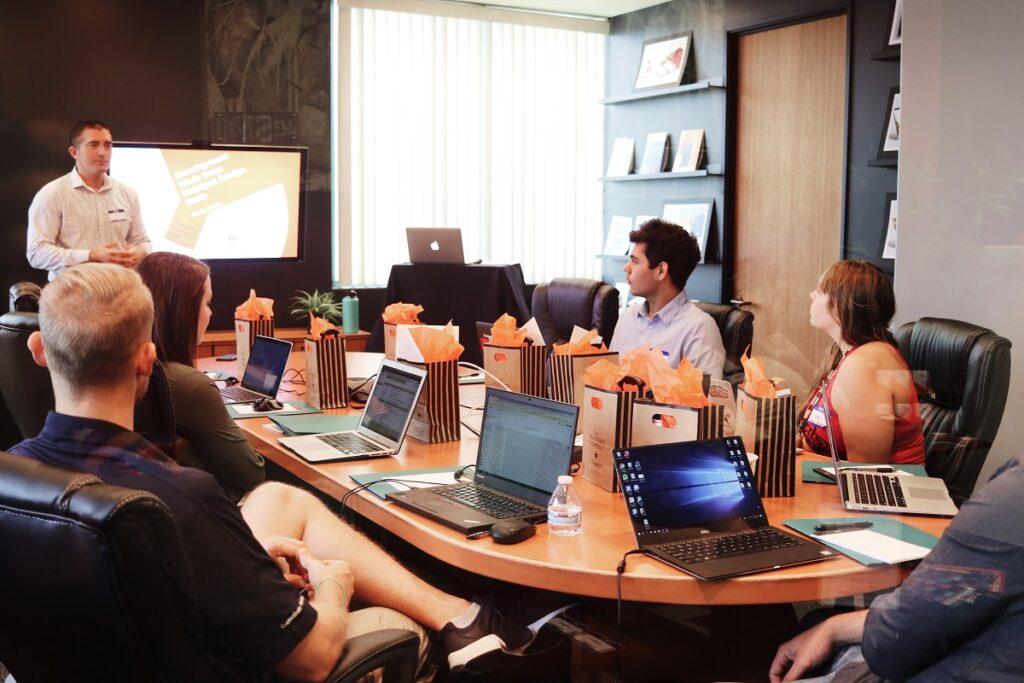In a world that is constantly changing and evolving, the world of work is no exception. Over the years, in fact, with the development of new cutting-edge technologies and the growth by the people of their own social awareness as well as personal, the way of thinking and managing work, workers and the dynamics related to human resources in general, has changed a lot in an attempt to be able to respond to emerging expectations and needs.
The landscape of today’s world of work is particularly complex and varied, but also full of interesting insights and possibilities.
In the field of organizational and occupational psychology, individuals are defined as the fundamental unit of business and work. On them depend the possibility of success and growth and it is, therefore, on them that the greatest organizational and managerial efforts are concentrated.
That of designing and implementing new organizational models that aim to increase development and sustainability, is an increasingly widespread and shared goal among companies that also finds its origin and foundation in the 2030 Agenda for Sustainable Development: a program of action for people, planet and prosperity signed in September 2015 by the governments of the 193 member countries of the United Nations.

The Agenda, in fact, places social development among its major macro-objectives along with economic and ecological development, and is composed of 17 strategic objectives aimed at satisfying the three macro-objectives outlined above.
Applying the principles on which these 17 objectives are based to the field of human resources is an excellent practice aimed at making organizations more attentive and virtuous in this sense, true oases of innovation and social development.
To make this happen, it is necessary for people within a company to develop a professional identity that is consistent and in continuity with their personal identity, and to achieve, through engagement dynamics, a state of work wellness that allows them to develop a suitable commitment.

In work psychology, engagement is defined as a positive state of mind and satisfaction with one’s work, characterized by vigor, mental resilience, willingness to invest, dedication, absorption and concentration. Workplace well-being, on the other hand, refers to the way in which a person experiences his or her relationship with the organization in which he or she works. Finally, when we talk about commitment, we are referring to the bond that exists between an employee and his or her organization in terms of affective, normative and continuous dedication.
There are several policies and practices that are very effective in this regard; in particular, three excellent tools in the hands of those who manage human resources in the company are team coaching, corporate entrepreneurship and participatory leadership. Let’s see them in detail:
- Team Coaching: is a coaching activity addressed to working groups that aims to improve performance and collaboration processes. The coach guides people to define and share goals in a context that increases and consolidates the organizational culture and organizational wellness;
- Corporate Entrepreneurship: is an approach aimed at promoting organizational growth and development through the entrepreneurial skills and abilities of employees. This approach brings to light innovative ideas and strategies and promotes a participatory culture in which error is contemplated and represents a reason for growth;
- Participatory Leadership: This is a style of leadership that includes and involves employees, peers, superiors and stakeholders in the decision-making processes of the company, effectively increasing recognition and social reputation. This type of approach requires great skill in synthesis and negotiation on the part of those in leadership and, in general, a great deal of effort. The result, however, is largely effective and productive, justifying its increasingly widespread use in even the most different organizational contexts.
In conclusion, a human resource management that is attentive and aware of the issues of engagement, commitment and wellness described in this article and that puts people at the center of its organizational and decision-making dynamics, is undoubtedly a very powerful lever of development and social innovation that is worth implementing and encouraging so that the merits and responsibility of this innovation affect everyone involved and participating in it.







